

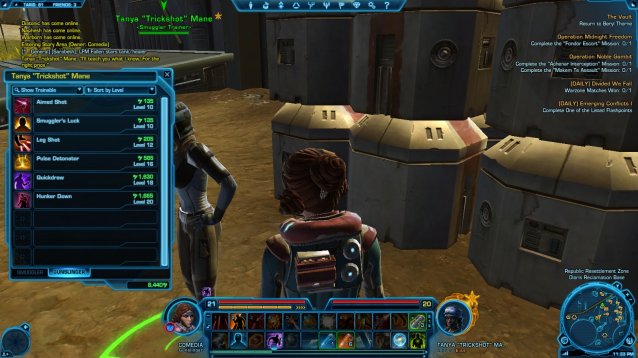
You’ve left the original planet and now you’re on the Imperial or Republic Fleet, and everything can get a bit overwhelming. Here are some intermediate tips for navigating that complexity in a common questing environment, (generally not including from player-versus-player combat, which has much different expectations):
Understand Your Class (part 2) – The second-most important decision of the game comes at level 10, when you get the option to go your advanced class trainer and narrow your character’s focus. This is a permanent choice, but it’s not totally rigid. You still have the ability to customize your character after this, via what’s called a “spec”, or specialization.
For example, at level 10, the Imperial Agent has the option to choose to become either a Sniper or an Operative (the Imperial Agent’s equivalents are the Gunslinger and the Scoundrel). Each advanced class has three different trees. An Operative’s trees are Medic, which improves their healing ability, Concealment, which lets them use stealth to do greater damage in melee combat, or Lethality, which improves their ranged damage (Lethality is also shared with Snipers; the third tree for each advanced class is shared). You can focus in multiple trees at once, but in general, the further up the tree you go, the more powerful the effects, so choosing one focus is wise.
Thus the Scoundrel/Operative can fill three different roles: healer, melee combat, or ranged combat. Let’s take a look at each Advanced Class, because this is where your roles are most clearly defined.
Republic Trooper/Imperial Bounty Hunter:
Republic Smuggler/Imperial Agent:
Jedi Knight/Sith Warrior:
Jedi Consular/Sith Inquisitor:
Respec – Your class and advanced class are permanent choices. But your specialization is not. If you don’t like being a healer as a Mercenary, you can go to a special trainer who will let you choose how to redistribute your skill points so you can start firing rockets. As a general rule, tanks and especially healers are less common than damage-dealing classes, so they’re more popular when people are looking for groups. On the other hand, they’ll have a harder time going it alone, although the companions help with that.
But one of the problems with The Old Republic is that the specific trainer who lets you respec is hard to find. The most common question in the fleet is “Who do I talk to to respec?” So here’s where to find them: in the fleet, there are four rooms in a row with each of the class trainers. They’re in a five-room grouping. That fifth one? That’s where the trainer to respec is.
Be warned: every time you respec, the cost goes up. Be certain what you want to do when you do it.
Learn The Interface’s Quirks – Respeccing isn’t the only part of the game that’s difficult to grasp at first. Here are a couple of things that can trip up new players:
In order to engage in Warzones, the PVP combat sports, you click on a tiny round button next to the mini-map, which places you in the queue. You will automatically leave any group you’re part of when you enter a Warzone.
At your normal class trainer, you’ll see your normal class skills to improve every time you go up a level. But you also have advanced class skills in a tab at the bottom of that screen. I got a character up to level 22 without realizing that this tab existed, which caused me a lot of confusion. Don’t let that happen to you!
Travel Quickly – One of the things that most new MMRPG players discover is that it can take a long time to get from point A to point B. Everything takes too long. But there are shortcuts. First of all there are two fast travel options on planets, taxis and binding points. “Taxi” is the wrong word, they’re closer to train stations, where you can travel from station to station. Be sure to click on every taxi you find so that you can discover the routes.
Likewise, the binding points tend to be near taxi routes. Click on those, and you can use a skill which instantly teleports you that part of the plant. That teleport has a thirty-minute cooldown before you can use it again, so use it wisely – but use it often, in combination with the taxi, in order to save yourself as much time as possible.
You also have a “Fleet Pass”. This immediately transports you to your faction’s fleet, which is the central hub, or capital city, of your actions. This has an 18-hour cooldown, unless you get the ability to enter a security key, which allows you to get a version with a 1-hour cooldown.
At level 14, your character will be able to learn the “Sprint” skill, which increases speed. Make sure you turn that Sprint on. Every time you die it switches off. Likewise, at level 25, you’ll earn the ability to get a speeder. This requires over 40,000 credits to train, so make sure you save some money.
Learn Your Ship – Around level 15 or so, you’ll get your ship. Congratulations! Now you can do fleet missions, which are largely irrelevant but fairly fun little rail missions. But before you start those, you’re going to want to go to upgrade your ship. Level 1 ship upgrades are cheap and immediately available, and should also be enough to carry you through most of the ship missions.
Even if you don’t do the fleet missions, you’ll still derive benefit from your ship and its storage vault. Yes, you can put items in it, but you can also have your crew members craft items from storage – which will free up those slots from your core inventory.
Understand Threat – If you want to move from being a beginner to being a good player, “threat” is the single most important thing to grasp. It works like this: when you hit an enemy, that enemy will want to hit you back. But what if four people are hitting that enemy? It has to choose which of those people it will attack. In many older RPGs, this is essentially random. In MMRPGs like The Old Republic, it’s very carefully controlled and not random at all.
What makes tanks effective is that they can generate threat, in order to hold enemies’ attention (or “aggro”). They have special skills which give them relatively more threat than the amount of damage that they do. Healers also generate threat by healing, and since that comes from all enemies instead of a single one being attacked, it means that a tank has to be able to pay attention to multiple enemies at a time. Because if the healer gets attacked, their heals are slower, and if they die, well, everyone probably dies.
This is how you become good at The Old Republic: you learn how to maximize your abilities within the constraints of the threat system. A good tank will keep all enemies attacking the tank, and never the healer if at all possible. Good damage-dealers will maximize the amount of damage that they do while minimizing threat. And good healers will make sure the tank stays alive, first and foremost, while great ones will make sure that everyone survives comfortably.
Get a group together than understands these things and works as a team, and you’ve found the best an MMRPG has to offer. Get one that doesn’t, and, well, hopefully you didn’t waste longer than a few minutes.
Learn Your Character’s Strengths – So you’ve chosen your class, and your class focus. That’s good! Now make sure you know how to use it. Figure out more efficient uses of those skills. Practice with the new ones. When you’re choosing how to improve after you go up levels, try to choose what will work with your play style the best. For example, if the tree you choose improves a skill like Power Shot, chances are the game is built for you to be using Power Shot regularly.
You also have to use your gut. Watch the amount of damage you do, see what seems to accomplish your goals more quickly. This isn’t always easy or correct, but you definitely need to try to be adapting to the changes. It’s early in the game yet, but the longer The Old Republic is out and popular, the more guides are going to be written about the best use of skills for each spec.
Finally, pay attention to your equipment and stats. See what each statistic does. Some tips will tell you what stats are the most useful, like Cunning for Smugglers/Agents or Aim for Trooper/Bounty Hunters. The further you get, the more likely you are to see advanced stats, like ones which improve Critical Rating. Hovering the mouse over your stats will explain what they do, if you want to get into the math. Even if you don’t, keep an open mind. Try to understand the best ways to play the game, because there definitely are good and bad ways.
Use Hotkeys – A crucial part of playing well is to be able to use the skills as soon as they’re available. Since each skill has a cool-down time, you need to know then they’re ready to be used again, and be able to use them that quickly. This requires paying attention, yes, but it also requires quick activation that a mouse alone can’t provide. The skills you use need to have keys attached to them.
The Old Republic tends to overwhelm you with skills, and that’s a problem in the game, because there are far too many important skills or items than there are slots. So use the interface menu in Preferences to add more slots, and bind hotkeys to them. You will be happy that you did. Although you will still run out, and hope for modders to create interface improvements.
Find/Bring A Buddy – The Old Republic does a decent job of masking it, but as with any MMRPG, the most important thing is to find other people you enjoy playing with. It can be someone you know before, or maybe a friend you make. But that will make finding groups more interesting. It’ll make everything else easier, especially if you understand how to play your roles. It’s the single most important thing you can do to enjoy the game.

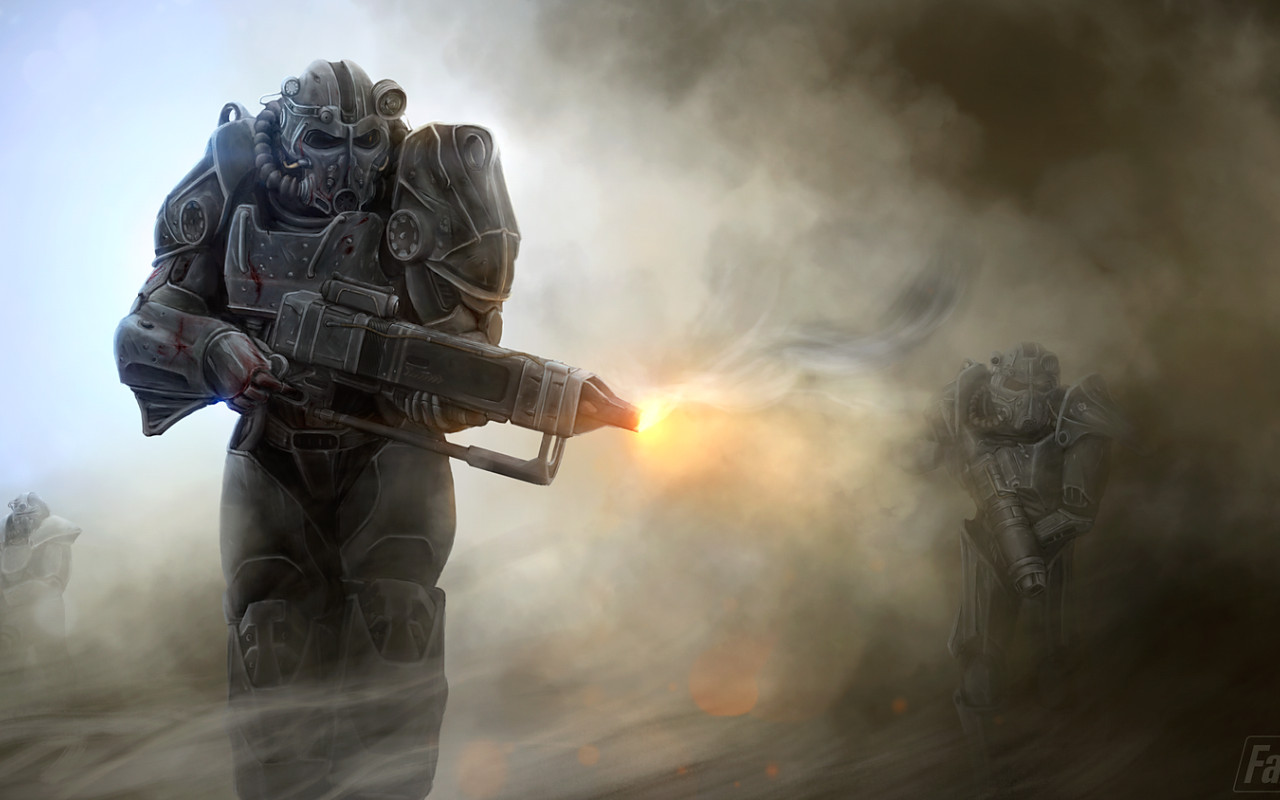

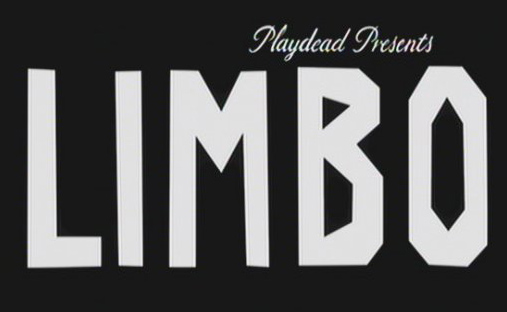
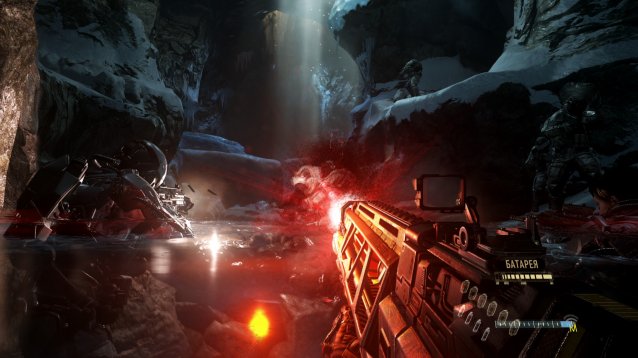 Review: Call of Duty: Advanced Warfare
Review: Call of Duty: Advanced Warfare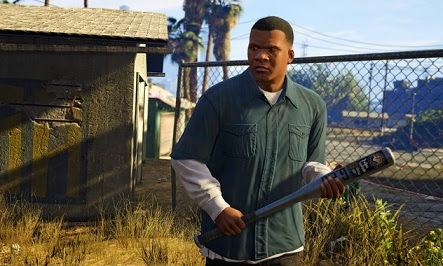 GTA 5: minimum requirements to run the game on PC
GTA 5: minimum requirements to run the game on PC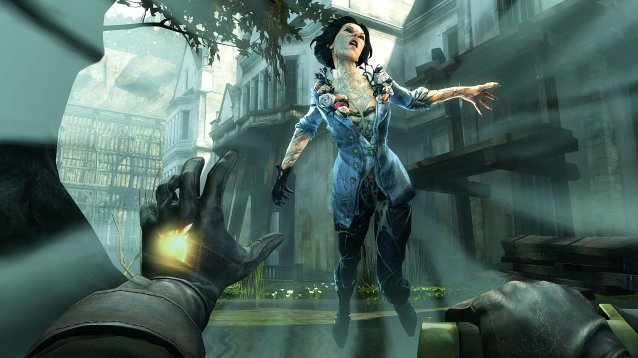 Review: Dishonored Definitive Edition
Review: Dishonored Definitive Edition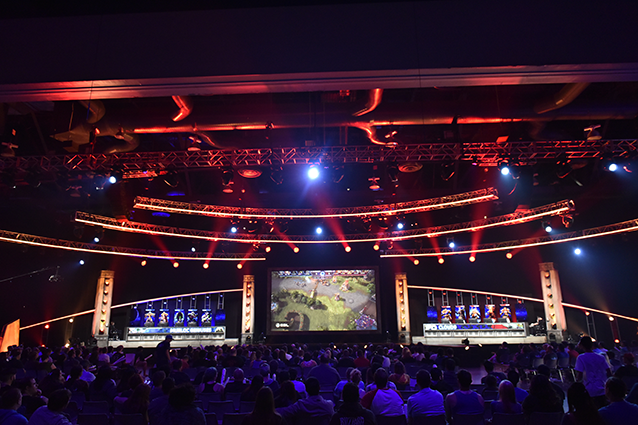 Activision-Blizzard Announces eSports Division
Activision-Blizzard Announces eSports Division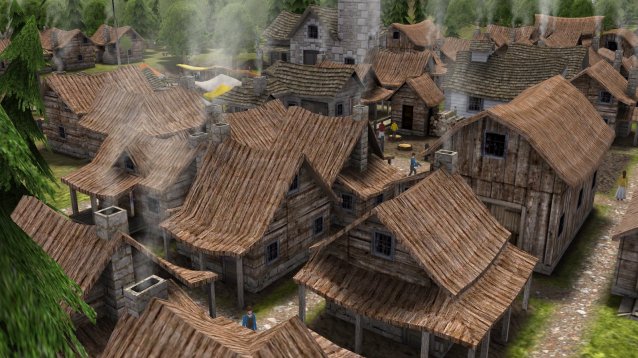 Individualism: An Interview with Banished Developer Luke Hodorowicz
Individualism: An Interview with Banished Developer Luke Hodorowicz